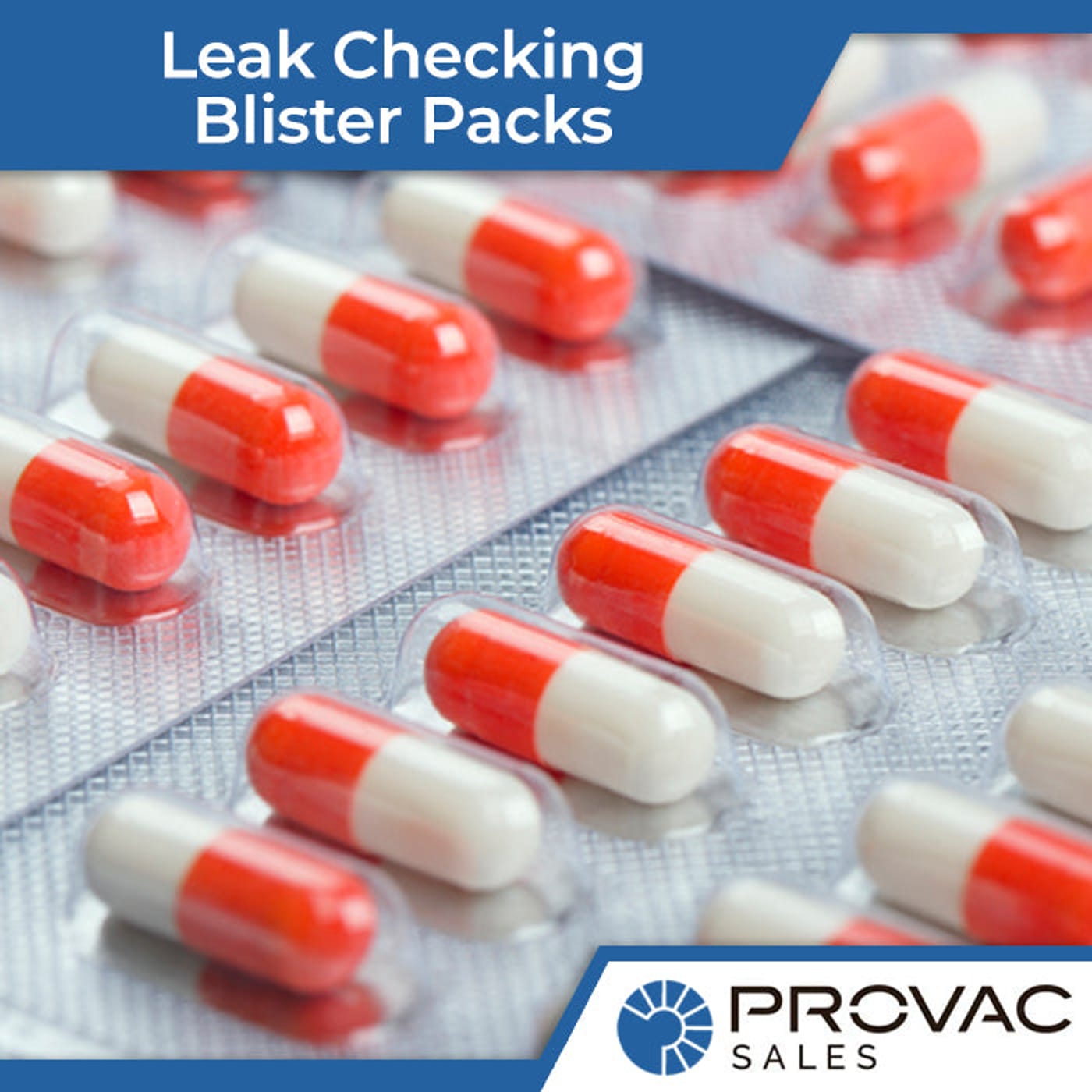Each pack of blisters, small sachets, and strips in the pharmaceutical industry may contain liquids, granulates, or tablets. These items require thorough testing to ensure that they don’t leak in transit or while packing in containers. Vacuum pumps have emerged as a reliable machine that can test whether there are any leaks in blister packages or not. It inspects even the tiniest of holes to make sure that the medicines received by the customers are not impure.
About the vacuum pump that checks blister package leaks
The vacuum pump for such tests, also known as the leak test apparatus, follows the USP and IP specification, meaning it provides the most accurate results in the pharmaceutical industry. It can detect leaks that the naked eye can’t see. The pump contains multiple acrylic desiccators available in various sizes that handle vacuum at different pressure points. These pumps look compact and they come with an alphanumeric digital display, soft-touch keypad, and real-time dot matrix printer to show the test results immediately.
How does the vacuum pump work?
The vacuum pump that tests leaks of pharmaceutical blister packages works on the principle of developing negative energy within an enclosed chamber that inflates sealed pouches. As the pressure increases, the leaked packages don’t inflate as much as the ones that are intact.
Suppose you put five sealed pouches in the chamber and you switch on the pump. It creates negative pressure slowly and steadily. You will notice the pouches getting inflated within a few seconds. If any pouch has a leak, it won’t inflate. You can later accumulate all the leaked packages together and repack them and test again to eliminate the risks of sending leaked pouches.
Procedure to test pharmaceutical blister packages
- Make sure you perform the test after every two hours. That means if you test a batch of blister packages at 10 am, you should perform the second test at 12 pm.
- The packing machine plays a crucial role in this leak test. You need to first collect the strips that the packing machine uses to seal blister packages. Make sure you arrange the strips according to the pockets they have. You can refer to the forming roller to find out the number of pockets in each strip.
- Once you collect a significant number of strips, you need to tie them in a bunch with a rubber band. Not even one strip should come out of the bunch during the test. Place this bunch of strips in the desiccator of the vacuum pump.
- Fill water to almost one-third of the vacuum desiccator. Take some methylene blue and a few drops in the water. The light blue color makes it easier to detect whether any package has leaks or not.
- Take the strips that you had kept in the desiccator earlier and immerse them in water. Remember, they shouldn’t float. If you are not able to prevent them from floating up, you can connect the strips to a rubber tubing present inside the vacuum pump. These pumps have a rubber tubing at the side of the sleeve to hold the packages down.
- Now that the setup is complete, switch on the pump and allow the vacuum to pass through the desiccators and into the water chamber for at least 30 seconds. The approximate pressure that you should pass is 15 inches Hg.
- While the pump is on, you can take out the rubber tubing that holds the blister packages down. You need to move them to the side opening and slowly remove the strips.
- Once 30 seconds are over, you can switch off the pump and slowly release the vacuum. However, don’t remove the strips right away. Wait for at least three minutes before taking them out of the water.
- Check the pockets carefully for any leaks. It’s possible to calculate the percentage of leaks using the following formula:
- Count the number of leaked pockets in the batch. Divide the number of leaked blister packages by the total number of pockets in the vacuum pump and multiply it by 100.
- Record the leak percentage and send it to the packing department.
A few other tests that also record leaks in pharmaceutical blister packages are as follows:
- Counter-flow and direct-flow leak detection test
- 180° sector field mass spectrometer
- Quadrupole mass spectrometer
- Calibrating leak detection
- Floating zero-point suppression
The bubble test, pressure drop test, pump-down test, and pressure rise test are the three most-commonly used leak detection methods used in the pharmaceutical industry. If you are planning to run a pharmaceutical company, don’t forget to compare different vacuum pumps before buying one to test leaks in blister packages.





